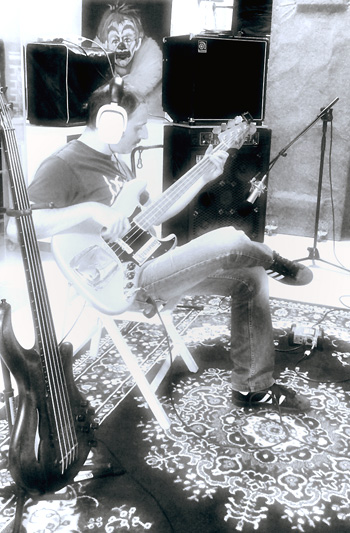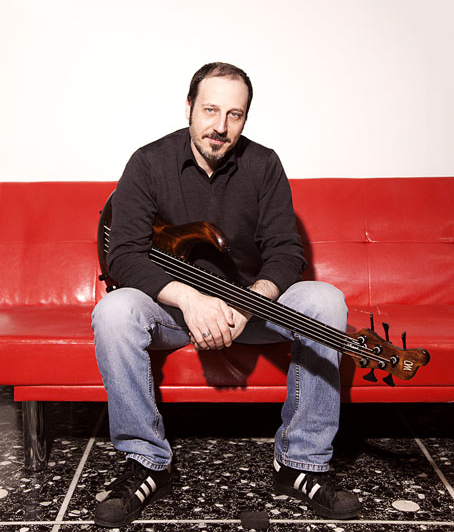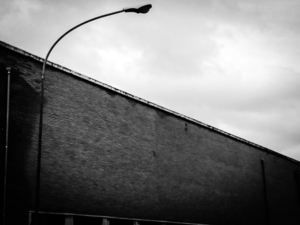RadioSpia 10 – Albert Camus
Giovanni Mastrangelo – Albert Camus [song]
Label: RadioSpia
Release Date: Apr 26th, 2017
UPC / Bar Code: 191061466574
Catalogue: RadioSpia 10 – RS 10
Genre: Alternative Pop-Rock / Alt jazz – Pop / New Wave – Featuring Bass
Comments: Instrumental, leading fretless bass – 7.1 surround mix (encoded to be deliciously listened with stereo speakers or headphones)
Artist sounds Like: John Zorn – Marc Ribot – Mick Karn
![Giovanni Mastrangelo - Albert Camus [song] Giovanni Mastrangelo - Albert Camus [song]](https://www.radiospia.com/wp/wp-content/uploads/2023/04/10-Albert_Camus.jpg)
iTunes store: (LINK)
Amazon UK: (LINK)
Amazon.com: (LINK)
Amazon.it: (LINK)
7 digital: (LINK)
Qobuz (hi-res): (LINK)
Streaming:
Spotify (LINK)
Deezer (LINK)
YouTube (LINK)
Song:
Albert Camus [3:52]
Composers: Giovanni Mastrangelo (SIAE), Marco Maffei (BMI), Lucio Pentrella (SIAE)
Publisher: RadioSpia Publishing (BMI)
ISRC: IT-WIW-17-00001; ISWC: T-921.138.665-
Performed by:
– Antonio Cicoria: Drums, percussions, analog synthesizers
– Pierpaolo Gaudiano: Sax
– Lucio Pentrella: Electric guitar, acoustic guitar, acoustic piano, cajon
– Giovanni Mastrangelo: Fretless bass, acoustic piano strings, cajon
Credits:
– Original cover picture: Domenico Montino
– Cover Art: The Gorky
– Engineered, recorded, edited, mixed and mastered by Marco Maffei at Mastering.it audio labs, between July 2016 and February 2017.
– Executive production: Mastering.it audio labs (Italy)
– Artistic production: Marco Maffei
– (C) and (P) Copyright: RadioSpia 2017 – All rights reserved
– Publisher: RadioSpia Publishing (BMI)
The artist:
Bass and double bass player, Giovanni Mastrangelo began the musical career with various groups in his hometown of Foggia. In 1984, his discovery of Talk Talk with Paul Webb signed his transition from guitar to bass. In 1992, Giovanni began working with the early music group Follorum Ensemble, devoting himself to the study of medieval and Renaissance music, as well as the study of Middle Eastern musical instruments Oud and Saz. In 1997 he played double bass with the ensemble Sailing Ship, a Celtic music group with whom he recorded the album “Salicornia”.

He also played on RadioSpia 01 (The Charmin’ Elf – She’ll Wear My Ring) and RadioSpia 04 (The Alpha States & Andrea Chimenti – Ashes to Ashes).
The sound:
The “Albert Camus” production is a sort of a “special issue” of
Some Instruments used: Gretsch drums – Yamaha snare – various percussions – Cardboard cajon – Fretless Mayones Patriot MR5 bass – Fretless Fender Jazz Bass (1962) – 12 strings Yamaha FG260 acoustic gtr – Gibson Les Paul Traditional (2011) electric guitar – Vox AC30 1978 guitar amp – Yamaha Soprano Sax – Acoustic piano Strauss -832 (1990) – Analog synthesizer Davolisint (1972) – Analog polyphonic synt, made in U.R.S.S. (1979) – Blue, Sennheiser, AKG, (tube) Telefunken microphones – Drawmer, Joemeek, ART and Focusrite preamps – TC, Universal Audio, Urei, DBX, Apple, Waves and Focusrite dynamics – Lexicon, Universal Audio, Yamaha outboards – MOTU ADC / DAC – Apple Logic Pro recorder and editor. Mixed in 7.1 surround sound with Mastering.it hybrid digi-log technology.
Read press here
Read reviews here
